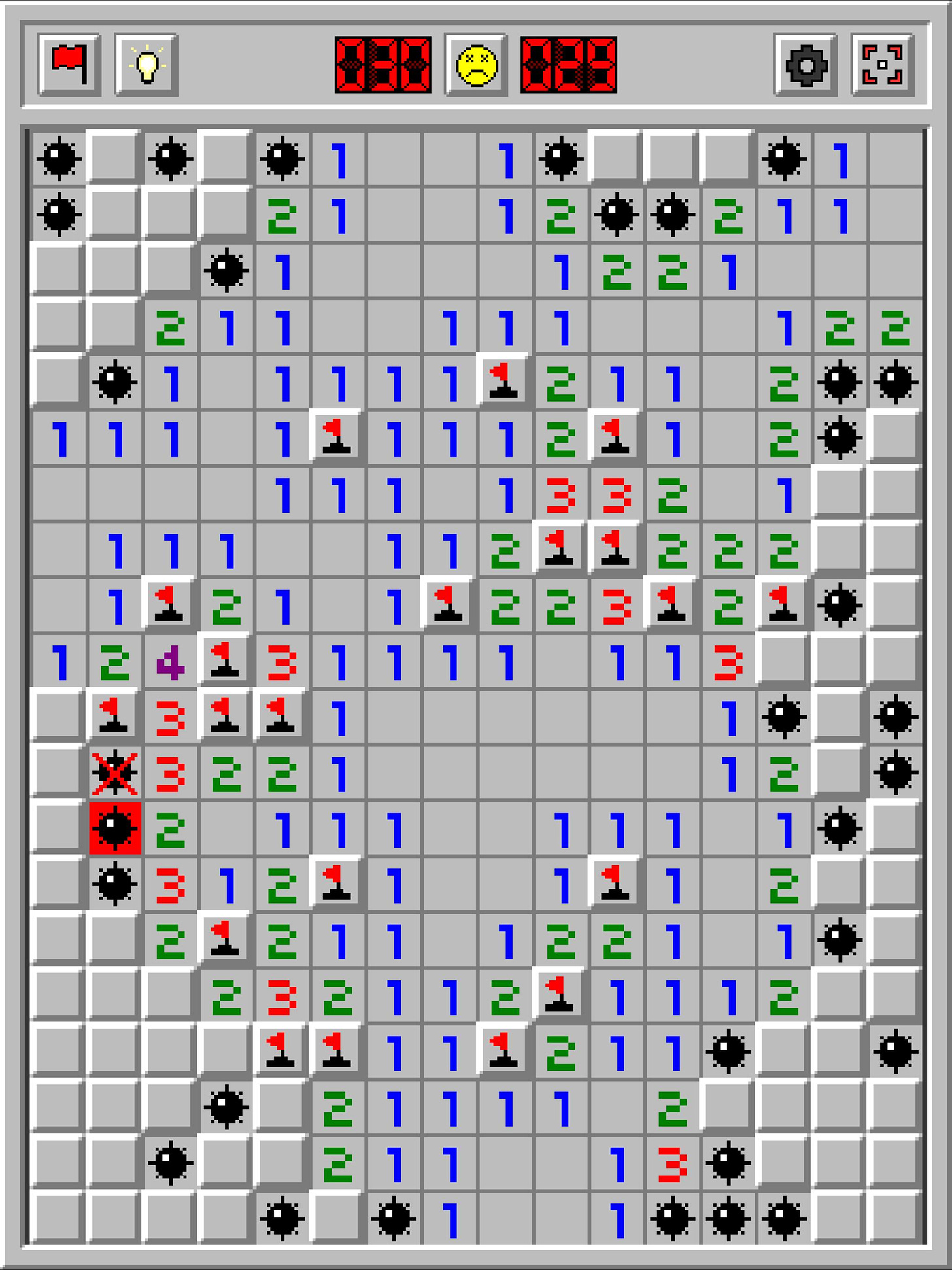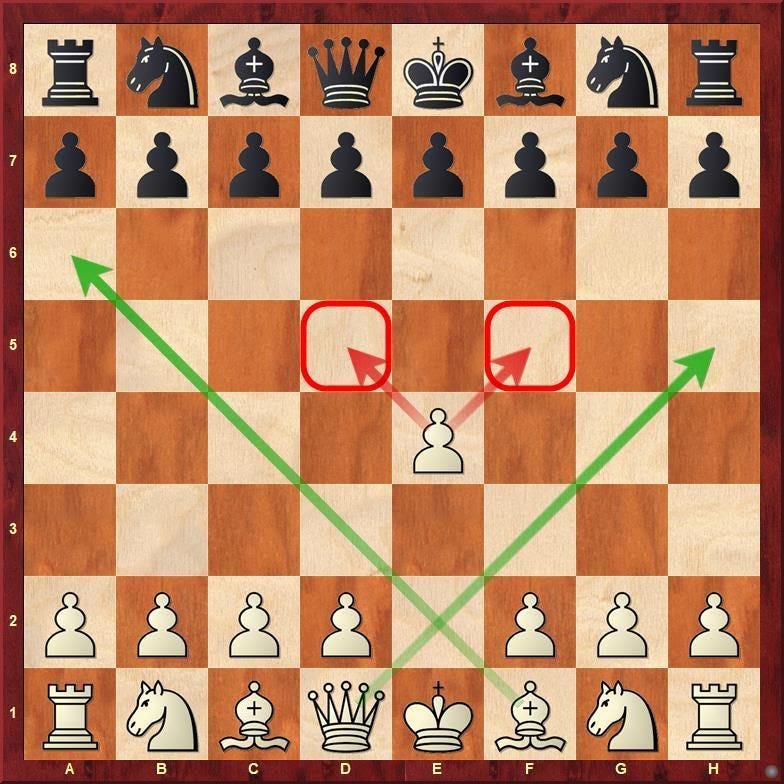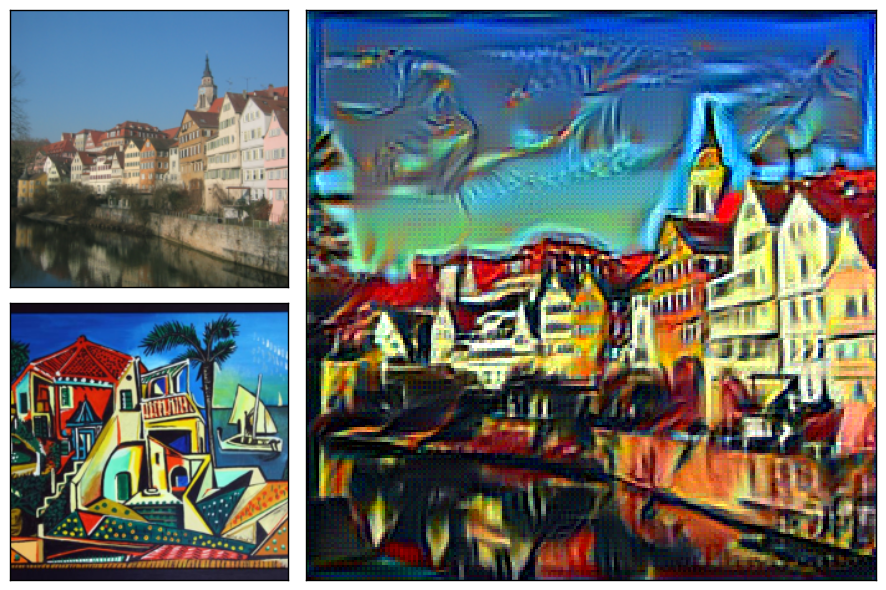Intelligence is problem solving
Problem solving matters in both arts and science. And yes, you can cultivate intelligence
Is there such a thing as intelligence? Is there a quantifiable measure for the capability of the human brain? I think so.
NP Problems
From a mathematical perspective, here’s how I would define intelligence: the ability to solve NP problems. NP is a mathematical classification of a problem that roughly means it requires creativity. And by “problem,” I mean a broad range of tasks—from solving standard math problems, to writing, drawing, composing a piece of poetry, playing chess, flirting, finding the best way to tell uncomfortable truths, managing a company, or even physical tasks like rock climbing.
NP is a rigorously defined problem-class, but we are using it a bit loosely here, for simplicity. An NP task is essentially a problem that we cannot solve by mechanically following an algorithm step by step.
The problem may appear easy to solve in hindsight, after we’ve solved it. But the process of discovering the solution to an NP problem is hard—there’s no recipe for finding the solution. A mechanical robot cannot solve it. It requires intelligence. It requires creativity.
Chess is an NP problem. There are about 770000000…[32 zeros]...00000 legal chess board configurations. No algorithm can solve chess—it would require trying out all possible moves to determine the winning solution (this involves going through a large portion of those 7.7 * 10^45 possible configurations, which would take a modern computer 10^30 years to run). Chess requires intelligence/creativity. Each move requires smart decision-making that rely on strategic thinking, pattern-matched intuition, and calculating your opponent’s intent. It requires us to find a move that “works” without robotically trying out all possible move sequences. This is the essence of intelligence and creativity: the ability to discern the one solution that works from a near-infinite sea of possible solutions.
Solving math problems, unsurprisingly, is also a task that demands intelligence. Grade school math problems are unintelligent—we have prescribed recipes for solving them. Divide 2153692 by 235. You don’t even need to think. You just apply the algorithm of long division to solve it. Division is not an NP problem. But challenging math puzzles are. For example, can you come up with a proof for the Pythagorean Theorem? If you think of a math proof as a sequence of English sentences, then it is clear there are a near-infinite number of possible “math proofs” you can write down. Most of them are just garbles of words, like “Proof: I am hungry. Therefore a^2 + b^2 = c^2.” Only a small portions of these proofs are logically consistent. For example: “Proof: a^2 is an apple, b^2 is a pen, and c^2 is an apple-pen. Therefore, a^2 + b^2 = c^2.” Among these logically consistent proofs, only a tiny portion actually proves the Pythagorean Theorem. So, the problem of proving the Pythagorean Theorem is NP and requires intelligence, because a mathematician needs to discover the handful of proofs that work, from a mountain of proofs that don’t.
Creating art is also an NP problem. Take graphic design. In a canvas with 5 million pixels, there are 256^5000000 possible graphics you could create. Most of them are messy collages of colors, like this:
A tiny tiny portion of these graphics are considered artsy. The problem of the arts is to discover these rare configurations of pixels that appeal to the human eye, from an ocean of nonsensical noise. In this sense, art is quite similar to solving chess or a math puzzle (although our culture distinguishes them). This makes sense. You often hear chess masters or mathematicians describe their work as “an art.” From a certain point of view, math, chess, and art are the same—they are a treasure hunt in a near-infinite sea of possibilities for the one proof/chess move/painting that works. They are intellectual tasks. And the ability to solve them is the hallmark of intelligence.
How to solve NP Problems fast
How to solve an NP problem? This is a bogus question. Because, by definition, there are no definite recipes for solving NP problems. The only systematic way to solve NP problems is by going through every possible solution in the near-infinite solution space, and checking if each works. This is dumb and slow. Luckily, there is a bag of tricks humans use so that we can solve NP faster than dumb robots. This “bag of tricks” is what makes us “intelligent.”
Pruning your search space: spend less time trying solutions that don’t work
Minesweeper is an NP problem (roughly). It’s played on a grid, where a number is written on every square to show the number of mines surrounding it. In each step of the game, the player clicks on a square—if it’s a mine she loses and the game starts over, if not, the game continues. A dumb algorithm for solving minesweeper involves trying out all possible squares. And if it hits a mine, start over, and try a different square. This is very slow.
Human players do better by logically deducing whether a square contains a mine by looking at the numbers of its adjacent squares. We then prune these squares-that-definitely-contain-a-mine from our search space. We reduce the number of squares / potential solutions that we need to try our luck on, using logic. This is intelligence.
Heuristic strategy: try the most-likely-to-work solutions first
Chess players rely on heuristic strategies to beat dumb machines. Yes, decision-tree based chessbots can beat humans. But those chessbots are actually less strategic than humans. They only win because a computer can execute 1 billion serial computations in 1 second, but we cannot.
Heuristic strategies for chess are called “chess theory.” It tells you general winning strategies like: 1. Use your pawns to control the center of the chessboard. 2. Don’t block up your bishops. 3. Don’t stack up your pawns. 4. Try not to blunder your queen… A human player does not simulate every possible chess moves to determine the best one, which is what most chessbots do. We apply these general strategies to select a few movies that are most likely to work, and then simulate those moves in our brain to determine the best one. That’s why we can play chess well, using far less compute resources than bots—a.k.a. intelligence.
Pattern matching from memory: if you memorized the solution to a problem, you don’t have to solve it again
A common strategy for solving hard math problems is to map it to a problem you already solved before. You don’t have to search for a solution anymore. You just take the solution you already have, modify it a bit to fit the new problem, and submit it.
In arts, it’s the same game. Art is the problem of finding configurations of color patches that appeal to the eye. Most artists don’t expend the mental effort to discover an original solution. They take existing solutions/paintings from other artists, pretty elements from nature, or a fancy advertisement they saw. They morph these solutions together, add in a touch of original modifications—and a new piece of art is born. Each painting is interpolated from a consortium of pre-existing paintings, natural landscape, or other aesthetic features the artist saw in her life. Every solution to the art problem is interpolated from pre-existing solutions, with some amount of original modifications by the artist.
Writing is an NP problem—its objective is essentially to find a sequence of words that work to convey a particular idea—and it’s also solved through pattern matching. I can formulate this sentence (and the thought behind it) in a matter of seconds because 1. I can pattern match from thousands of sentences and phrases I’ve written or read; 2. my conscious mind processes thoughts linearly, so I can chunk up my idea serially and map them into words relatively quickly. However, if you ask me to explain an idea I’ve never verbalized, such as the concept of “karma”, I would be groping for words. I have no past experience to map from.
Increase processing speed: if you can check the correctness of a solution faster, you will find a correct solution faster
Prime factoring a number is an NP problem, and a well-studied one. Pattern matching hardly works for prime factoring. There are some complicated logical pruning and heuristic strategies for the problem—but at the end of the day, you have to try dividing 981254632 by a bunch of prime numbers to figure out which primes are factors of 981254632, and which are not. In this case, a person who can execute the long division algorithm faster will solve the problem quicker. She will be considered more intelligent. So, intelligence also depends on how fast and accurately our brain can process logic, retrieve memory, pattern match, e.t.c.
Can intelligence be learned
Can intelligence be learned? I think yes, at least a large part of it. If you can train an artificial neural network to be better at problem solving, you can also train your biological network to improve your ability to solve NP problems.
You can learn heuristic strategies to solve different types of NP problems faster: a chess player can study chess theory, a mathematician can learn general proof strategies (induction, contradiction, e.t.c.), and a computer scientist develops classifications of coding problems (greedy, dynamic programming, recursion, e.t.c.) such that there is a general heuristic strategy for approaching each type of problem. Field-agnostic problem solving heuristics can also be learned. One such heuristic that I find useful is: To solve a problem with multiple constraints, ignore some of those constraints, and focus on the simpler version of the problem first. This is a nice heuristic that points you in the direction towards the right solution.
Pattern matching is, of course, also learnable. You can increase your repertoire of patterns to match from by reading more words, seeing more arts, solving more math problems, or analyzing more chess positions. You can improve your ability to recall patterns by building associative connections. If you developed good associative memory for words, you can find the right words for your sentence faster. You can also improve your efficiency at logical deduction by familiarizing yourself with various logical patterns. A=B, B=C, therefore...A=C. It’s a logical deduction you blurt out without thinking because our brains are so familiarized with the logic of the transitive property. 快乐 means happy, happy means 행복한, so 快乐 means 행복한. Your brain made the quick logical deduction by pattern matching from the logic of the transitive property. If Jane is reading, she feels happy. If Jane is not exactly feeling happy at the moment, then Jane...cannot possibly be reading. This is another logical pattern: if A then B, so if not A, then not B. You are probably less familiar with it, so your brain took more time to make the deduction.
You can up your brain’s processing speed as well. If you practice more long division, you get faster at it. If you practice logical deduction, you become more accurate and faster at it. If you practice recalling certain facts (say, you are a biologist and you use Anki to practice recalling various facts), your neuronal web responsible for storing those biological facts become better connected, and you can recall facts at higher speeds.
Maybe don’t worship intelligence
Why did I write this post? I wrote it because I got annoyed by....a cult of people who worship intelligence like Catholics worshiping virginity.
I have an IQ of 120, so I can’t think of any good way to destroy the world. But if we create an Artificial General Intelligence (AGI) with an IQ of 200, then it will think of things I can never possibly think of! It can think of crazy ways to destroy the world that we can never anticipate or forestall!
…
No bro. You and that AGI are both searching for a solution for destroying the world in an infinitely large solution space. IQ does not put a limit to what idea/solution you can come up with.
Some people have a very spiritual conception of IQ that reminds me of DC’s Justice League: there’s this thing called the Anti-Life Equation. Only people above a certain IQ can understand it. Stupid people who try to understand it will die from it. Somehow, society has internalized this idea, and mystified intelligence as some sort of unbreakable glass ceiling. People who self-classify as “smart” use this myth to pump their ego. People who self-classify as “stupid” cope with failings by externalizing the blame to “low IQ”. They deny themselves agency in the process.





